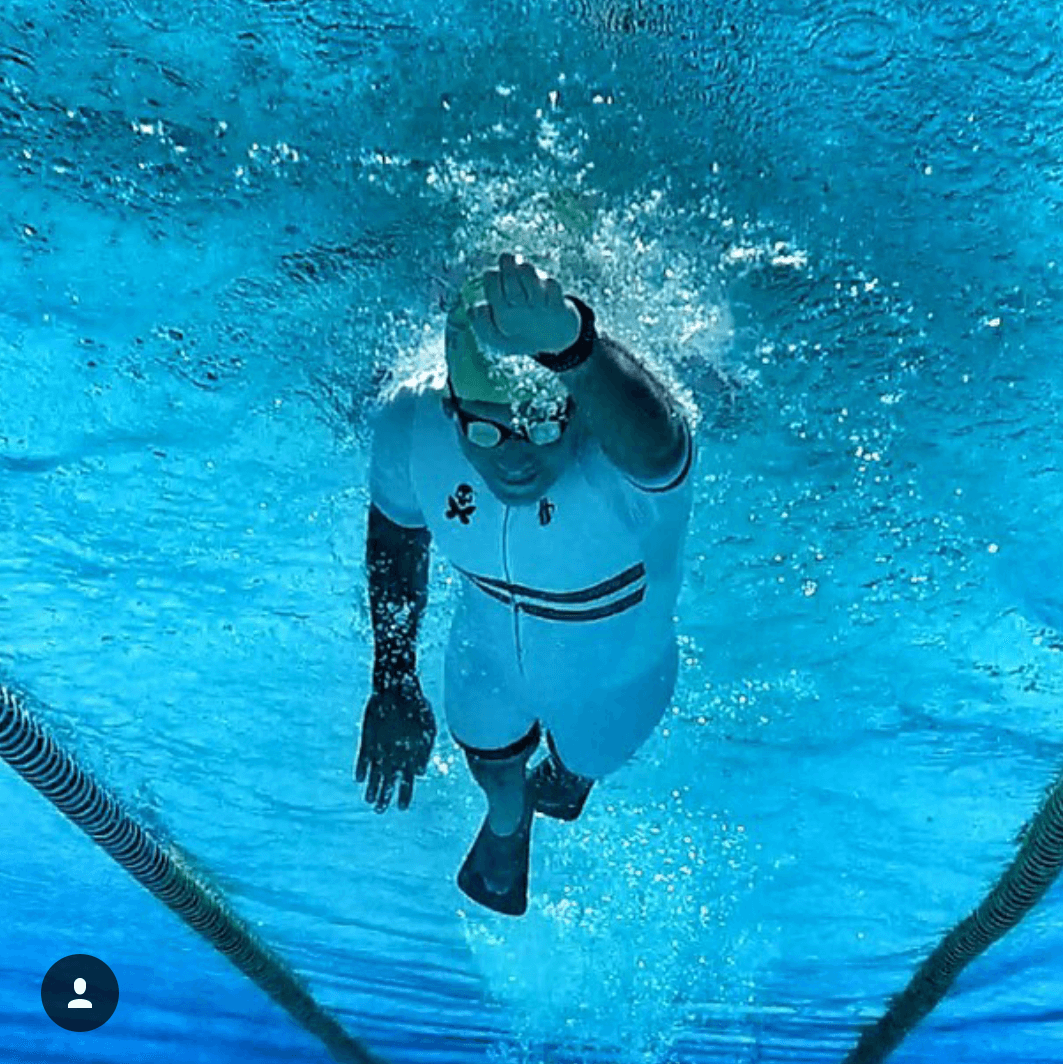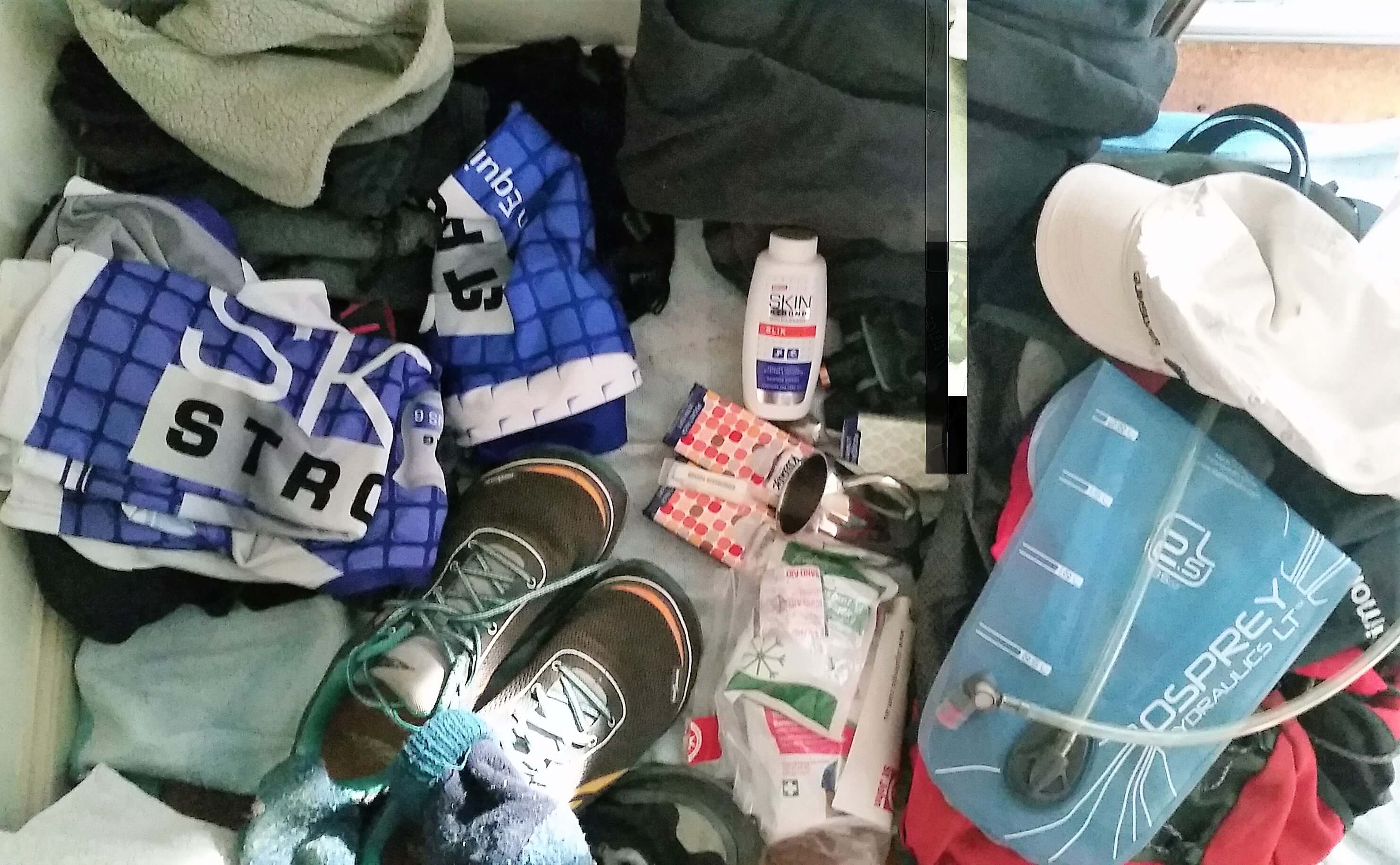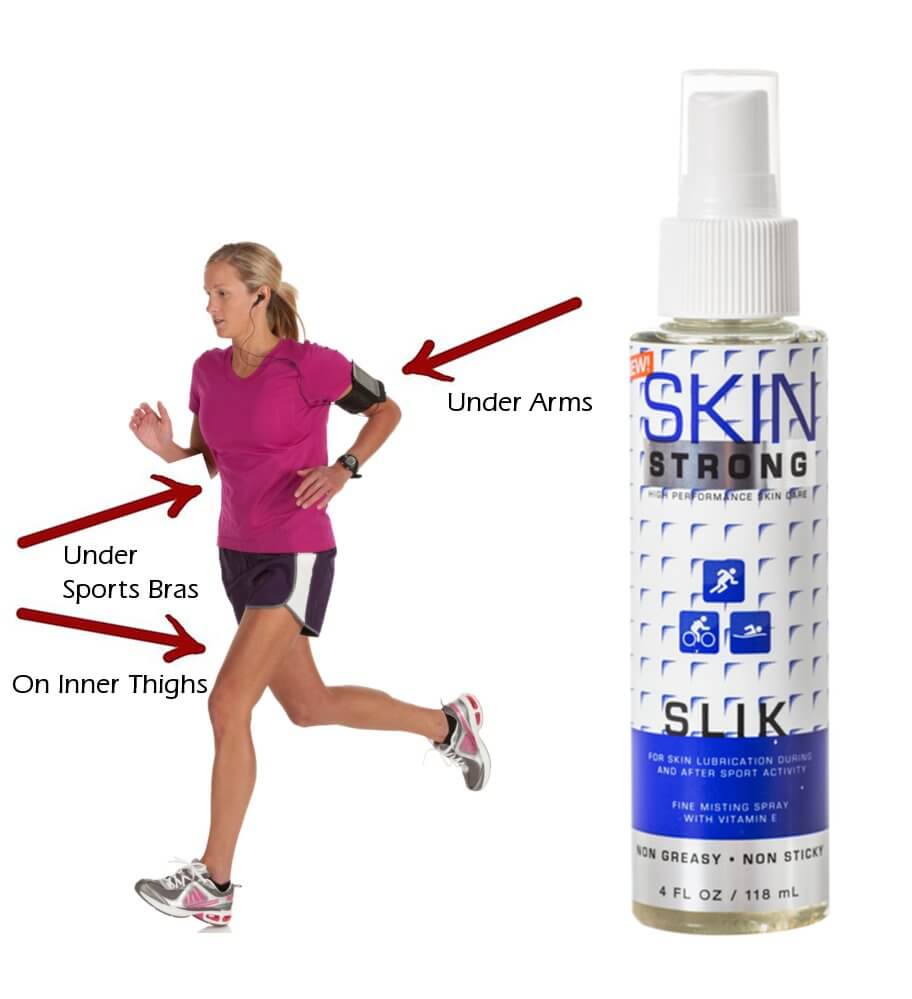The third instalment of our Chafing Files Series – Swimming!
Here in Australia, we *generally* rely less on the wetsuit than northern hemisphere cousins (unless you are in the southern states like us), but wetsuits are notouriously difficult to put on and take off and often rub in places.
Wetsuit chafing can be an irritation or cause serious damage to the distance swimmer – especially around the neckline, under the arms & in the groin area. But it doesn’t have to be that way – here are some tips to cut out the swimming chafe:
- FIT Get professional help when choosing your wetsuit – it is vital that it fits you properly and won’t move up and down when you swim. It WILL look far too small to start with! Start by pulling it as high up your legs as possible before getting your arms in, and make sure it is snug. A spray of SLIK on your arms and legs will also help it slide on and off like a dream!
- PRACTICE Get some practice in! This will make you feel much more confident in the water – not only during the swim itself but also during transitions if you are doing a triathlon.
- SHAVE One way to reduce friction…
- SLIK Spray some SLIK around your neck, arms and legs or wherever you chafe. This convenient chafe protection spray will help avoid the burn as well as make it easier and quicker to take your wetsuit off. It is perfectly safe to use on your wetsuit…
- CARE After your swim, be sure to rinse your wetsuit well and follow the manufacturers care instructions. This will help prolong the life of the wetsuit as well as reduce bacteria buildup. Let’s face it, they are a massive investment piece we need to look after them!
Here’s the experience of Lincoln, Skin Strong customer:
“I use SLIK on my feet/shoes to prevent chafing, but I mostly use it on my lower legs/ankles before I put on my wetsuit before a triathlon and then I spray it on the outside of my wetsuit, lower legs so I can get it off super fast after the swim and before the bike. Works great and doesn’t hurt my wetsuit at all. Check it out – you’ll love it too.”
What is your best tip for staying chafe free in the water?



